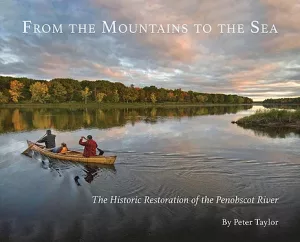Low Water Years Spell Trouble for Salmon: 2021 is no exception
Low Water Years Like 2021 Spell Trouble for Salmon
Drought conditions across much of the West mean it is an extremely low-water year, which spells trouble for salmon migrating back to Idaho. Big snow years and mild spring temperatures with a stable snowpack deep into summer have become rare due to the warming climate, meaning consistently warmer river temperatures throughout the state.
Salmon, as cold-water adapted species, struggle when the water gets hot. The more time spent in water above the 68-degree threshold, the more stressed and prone to diseases they become. The hundreds of miles of slow-moving reservoir water found along the Columbia-Snake rivers retain heat longer than a free-flowing river would, amplifying the issue of warmer-than-average water temperatures. It creates a deadly situation for salmon passing through in hot and dry conditions.
In 2015, 250,000 sockeye migrating upstream died due to prolonged hot water exposure in the Columbia-Snake corridor. While that year was particularly lethal, the string of warm water reservoirs always threatens returning adult salmon. Between 2021’s extremely low water levels and record-breaking temperatures, it will likely be a very challenging year for salmon with a lower than average success rate.
If regional decision-makers do not take meaningful action soon, the window to recover our wild salmon will close. Very low numbers of salmon and steelhead, as we have had for the last 30 years, will not be resilient enough to survive in warmer river systems. The fate of Idaho’s wild salmon populations is firmly in our hands.
IRU and fellow conservation groups brought the EPA to court for not creating a legally required hot water pollution budget, known as a TMDL, for the Lower Snake River. Now the federal agency is mandated to create one, which will bolster the case for dam breaching to return the Lower Snake River to a cooler, free-flowing system.
Restoring the Lower Snake will not only alleviate immediate temperature concerns for salmon, but also place them on a pathway to recovery. The potential for Idaho’s diminished salmon and steelhead runs to recover to abundance is excellent due to their access to pristine, high-elevation spawning habitat in Central Idaho. This complex of wild, free-flowing streams is modeled to remain insulated from warming water temperatures that will degrade lower elevation habitat.
We can choose to set our salmon up for failure or success. Our elected leaders’ willingness to advocate for a science-based recovery plan that includes dam breaching and river restoration will be the deciding factor. Until then, hot water years like 2021 will increasingly jeopardize the continued existence of wild salmon in Idaho.


